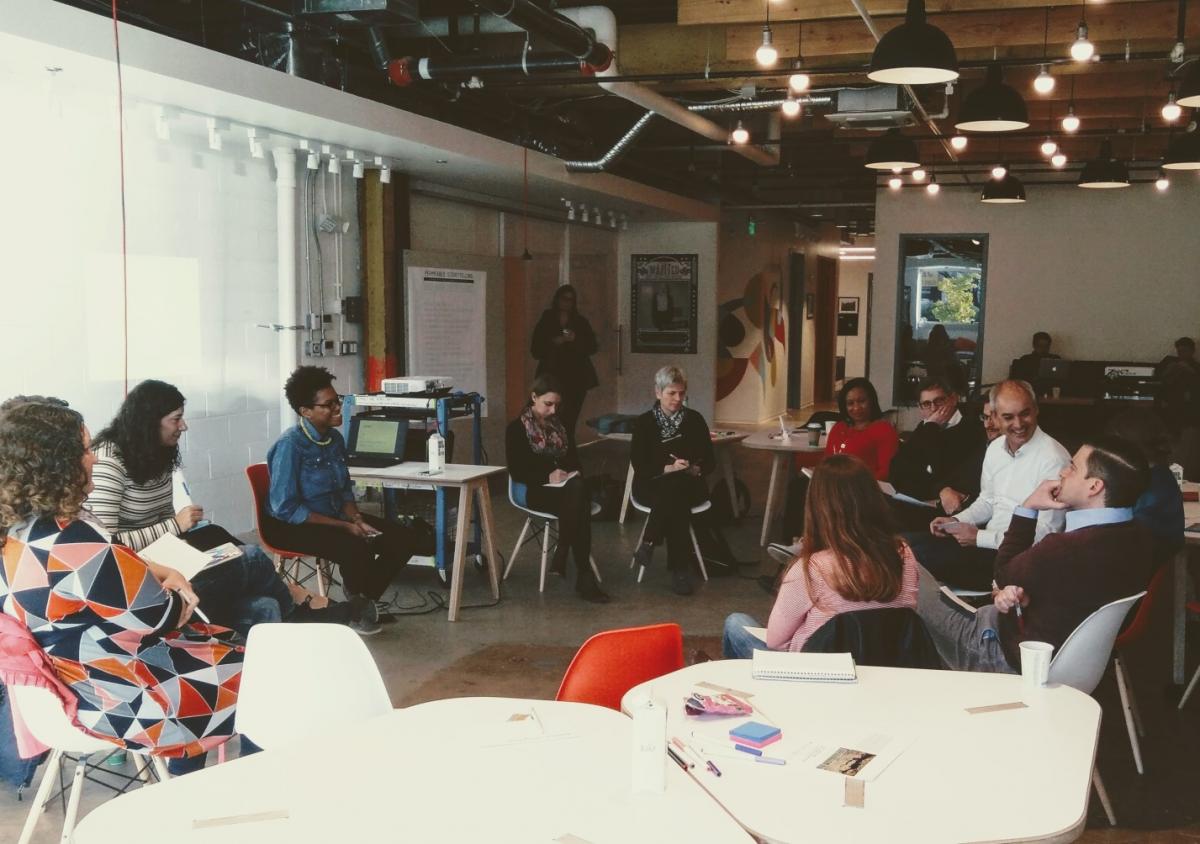Creating Inclusive Policies Through Storytelling
How often do policymakers really listen to affected stakeholders when designing and implementing policies? Policies are often directed in a top-down manner with little room for input and engagement by the people these affect. Even when there is space for public engagement, policymakers often use their own perceptions and assumptions to predetermine stakeholder “preferences” on a given issue.
For example, the responses to the protests that erupted in Baltimore, Maryland and Ferguson, Missouri following the death of young black men at the hands of the police were overwhelmingly limited to issues of law enforcement directly related to the incidents that sparked the protests. This ignores the obvious reality that the primary concerns behind the protests are not limited to the quality of policing, but rather reflect a broader frustration of entire communities excluded from equal opportunities.[1] The Black Lives Matter platform is based on six points, only one of which is related to law enforcement. The long-term issues of economic justice and political power have been filtered out of the policy reaction and discourse — willingly or unwillingly.
To help break this cycle, policymakers should connect with stakeholders in a meaningful and authentic ways. Deeper understanding of communities and the stakeholders within them strengthens connections and brings the macro scale of policy down to the micro scale of stories. There are different levels of listening, from merely downloading, to empathetic and generative listening. The difference in these can mean a shift in the relationship between policymaker and stakeholders from one of just understanding to one of authentic co-creation. Because stories express facts, values, and feelings to the listener, a crucial factor in building listening and storytelling skills is the ability to recognize, respect, and respond to the emotional intent of a story — rather than only the factual components. The combination of data and emotion are what makes narratives memorable and engaging.

German and U.S. city-level policymakers taking part in a generative listening and storytelling session at a Dialogues for Change 3.0 workshop in Baltimore
A local example of this method of inclusive and permeable storytelling to advance policy objectives is the “Every Story Counts” project of the Baltimore Office of Sustainability. The project aimed to bring the concepts resiliency and sustainability, often perceived as distant and global in nature, down to the individual, community, and city-level. The project’s motto that “Sustainable” and “Resilient” are about us — about what we do together to build a better place for all of us encouraged residents to share their stories and everyday actions that contribute to making their lives and that of their communities more sustainable and resilient using the hashtag #EveryStoryCounts. The inclusive nature of the initiative is one that not only helps the administration better calibrate their activities to the preferences of their stakeholders, but brings the residents into the narrative of what it means to make your city more resilient and sustainable.
As many cities in Europe today face the renewed and growing challenge of creating inclusive communities and policies, it might prove useful to explore innovative methods being pioneered at the local level to learn best practices and lessons learned from counterparts across the Atlantic. Stories are a way of combining facts and emotions to make sense of the world and connect with one another. People want to be connected, and they need to feel a sense of belonging in order to be successfully included and engaged in politics and policymaking.
